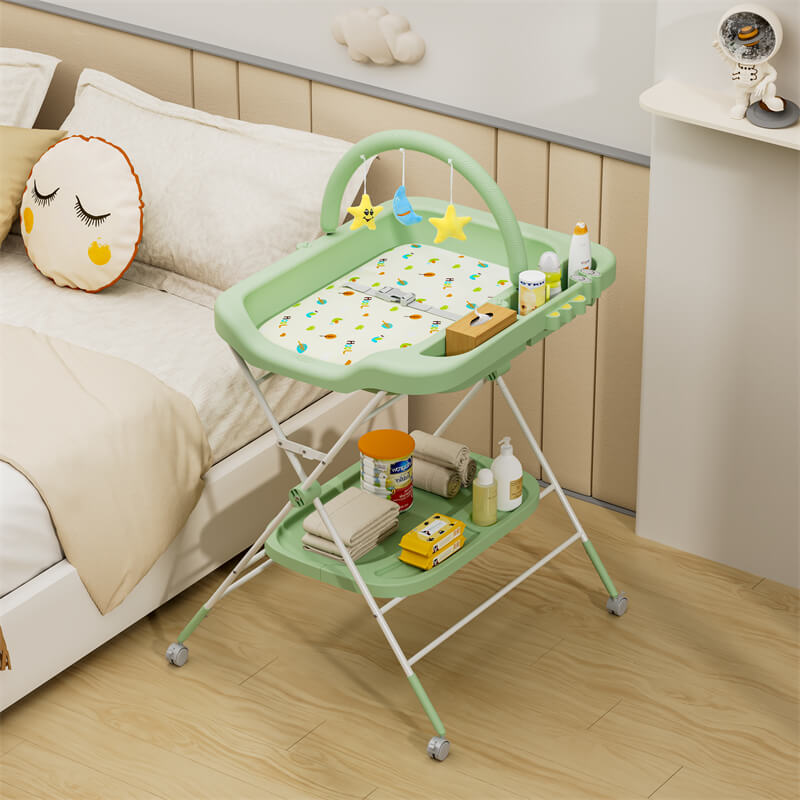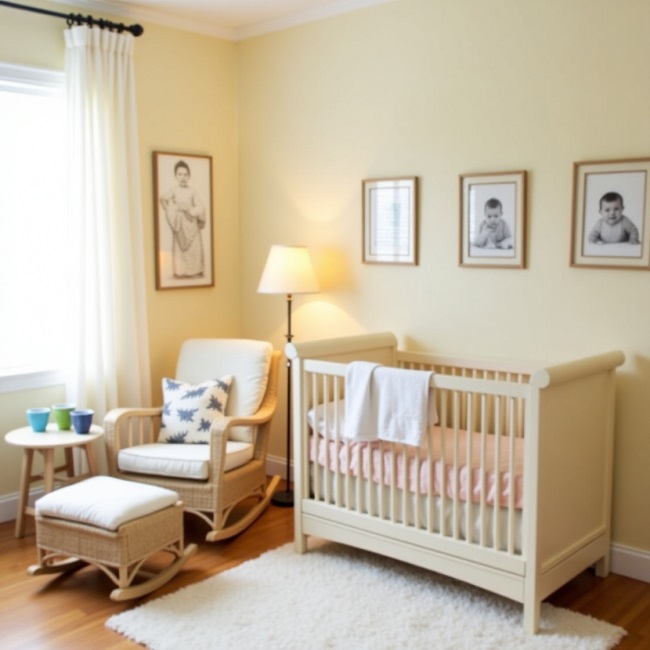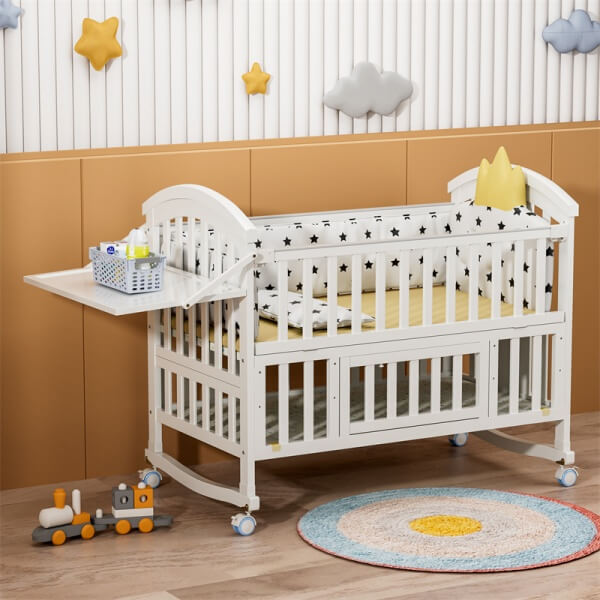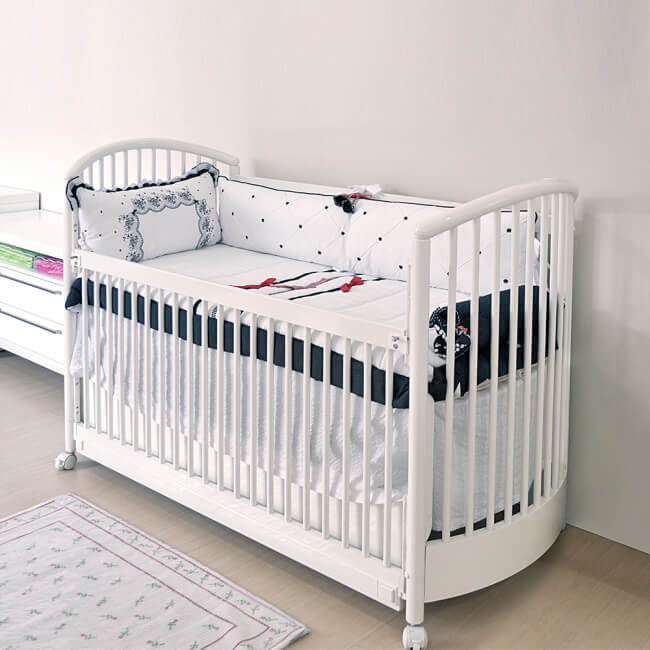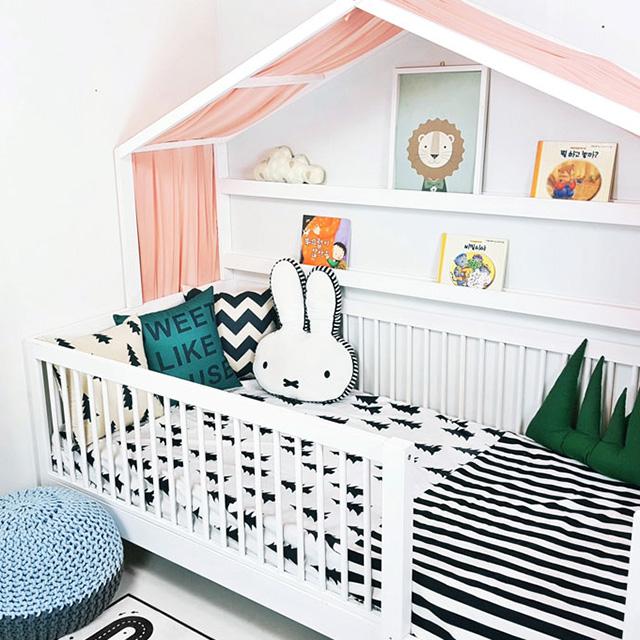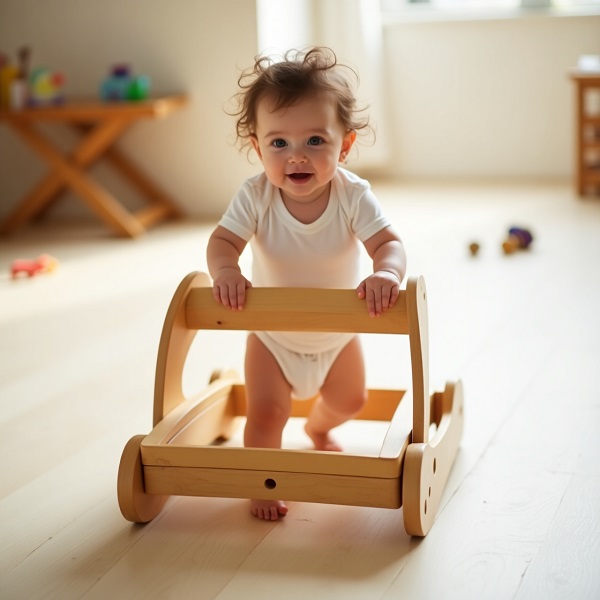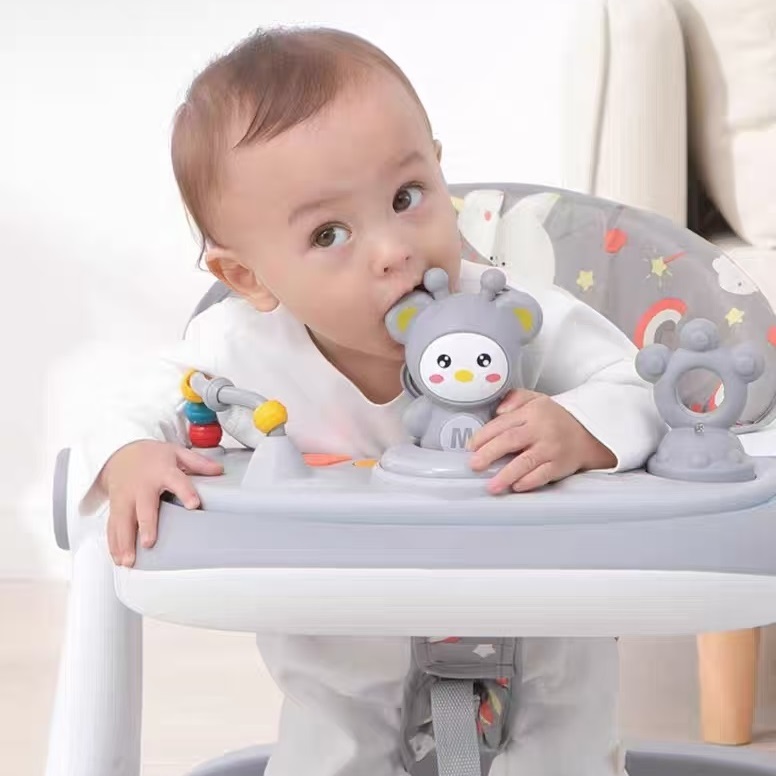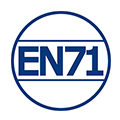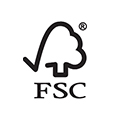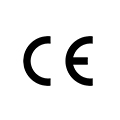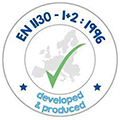Do you cringe at the disorganized state of your baby changing table, wishing for a more organized space? Prepare yourself for some fantastic news: we’re about to reveal some incredibly transformational, space-saving changing table arrangement ideas that promise to make diaper duty a breeze.
An organized changing unit is more than simply aesthetically pleasing; it also makes your daily life as a parent much easier. In this article, we’ll discuss the necessity of keeping an organized baby changing table, offer tips on selecting the best location and essential products, and share practical organization ideas.
Why Is It Important to Keep a Baby Changing Table Tidy?
Picture this: After a sleepless night, your newborn cries and you rush to the nursery at 3 a.m. to change your baby’s diaper. You reach for the wipes, but they aren’t where you thought you left them. In haste, you grab anything you can, only to discover that the diapers have been misplaced under a pile of onesies. Now you’re balancing a wailing infant and sifting through a disorganized pile on the changing table, feeling completely overwhelmed.
This is why having access to secure and organized changing stations is critical, as it reduces stress and discomfort for both the caregiver and the infant. It allows parents to focus on their baby instead of searching for supplies when changing diapers, allowing them to focus on bonding with their child.
When changing a baby’s diaper, an organized changing table offer a clean, safe, and hygienic environment that keeps the infant comfortable, clean, and safe from any dangerous germs.
In addition to making diapering easier, setting up a well-organized changing table promotes control during what can frequently feel like a chaotic period.
Choosing the Right Location for the Changing Table
The changing table should be set up to make your life as stress-free as possible. You’ll likely use this changing table multiple times throughout the day, so choose a location that’s convenient.
The changing table should be in a space that’s easily accessible, convenient, and safe for both parent and baby. Generally, the most practical location for a changing table is near the crib or bassinet.
In the first few months of a baby’s life, up to 10 diapers may be changed in a single day, so placing the changing table close to the sleeping area can minimize the amount of movement and save time during the night.
In addition, choose a location that has enough space for you to move around comfortably without bumping into furniture or other hazards. To reduce the likelihood of accidents, make sure the floor under the table is non-slip or has a durable rug.
You are the expert on your living area and what will make it functional and easy to use. Consider placing a larger changing center in the nursery (or a nursery nook in your room) and a smaller one downstairs if your house is two stories high. When choosing a changing station, keep in mind that you will probably also be changing Baby into their pajamas and daytime attire there.
Steer clear of busy places where people could be distracted, as this could result in mishaps or forgotten things.
Essential Items to Keep on Your Baby Changing Table
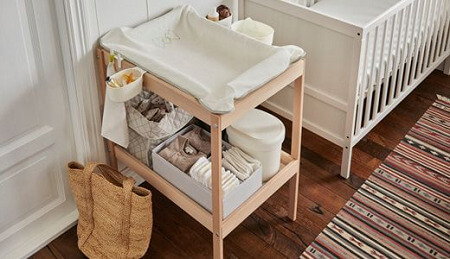
Turning the baby changing table into a “treasure box” that comes complete with items can be a lifesaver when parents are in a hurry. To have everything at arms reach, consider keeping the following essentials organized on your changing table:
Diapers: Is it really a diaper change station if there aren’t any diapers available? You’ll need a lot of diapers to keep up with your child’s needs. Stock up on enough diapers of the right size to be ready for baby’s first few months. Store them in a designated basket or drawer for convenient access.
Wipes: Wet wipes, like diapers, will be used up quickly, so buy in plenty. To prevent skin sensitivity, opt for hypoallergenic, fragrance-free wipes.
Changing Pad with Cover: The Changing Pad is where your baby will rest during diaper changes. Choose a waterproof and soft changing pad, then cover it for further protection and ease of washing. Look for one with safety straps to increase security.
Diaper Rash Cream: Newborns are prone to skin sensitivities, including diaper rash. Keep one close to protect your baby’s sensitive skin with a high-quality diaper rash cream to prevent and relieve discomfort and skin problems.
Hand Sanitizer: You will still need to wash your hands, but while your hands are full, hand sanitizer is a more practical option. Quick access to hand sanitizer promotes hygiene following each change.
Diaper Pail: A separate trash can is required for the disposal of dirty diapers. This allows you to quickly dispose of your baby’s dirty diaper without having to leave them alone. One with an airtight closure is especially better at blocking odors from soiled diapers.
Extra clothing: Accidents happen, so having a set of clean clothing on hand can rescue the day.
A plush toy: Keep your kid amused while you change their diaper. Place a beloved plush toy or knitted rattle at your diaper changing station. You might also hang another baby musical mobile to keep your baby entertained.
How to Organize a Baby Changing Table Efficiently?
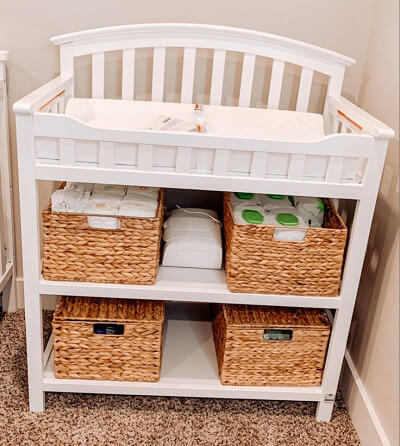
Maintaining a clean and functional changing table requires proper organization and storage techniques. Here are some suggestions to help you create a system that makes diaper changes less stressful:
Consider a Changing Table Organizer
The change table organizer is an excellent approach to streamlining the diaper-changing procedure. They often include many compartments for diapers, creams, wipes, and some hooks to hang objects such as muslin cloths or towels.
Choose a changing table organizer that can be stored in a drawer, displayed on a shelf, or hung on the wall to match your table decor. Some also feature adjustable straps for a personalized touch.
Use Storage Containers or Baskets
If you don’t want a changing table organizer, baskets may be a better fit for your design and requirements. Baskets are not only an attractive storage option, but also a useful way to organize your baby changing table. Use them to keep diapers, blankets, wipes, and extra clothes.
Choose baskets of different sizes and materials, such as wicker or cloth, to give texture and visual interest to your nursery. Clear bins or baskets with clear fronts are very useful since they allow you to see what is within at a glance.
Utilize Vertical Space
For efficient organization, don’t overlook the vertical space above your change table. Installing shelves or a hanging nappy organizer can keep essentials like nappies, and creams within reach.
Hanging storage solutions, like cloth or mesh pockets attached to the wall, ceiling, or nearby hooks, can offer both functionality and a unique touch. These adaptable pockets keep items close while saving important surface space. Install a tiny pegboard for customizable storage, such as baby toys, muslin cloths, or a cream and lotion caddy.
Give Each Item a Designated Spot
Assigning a distinct location for each item on your change table will help you find what you need during a diaper change. To keep nappies, creams, wipes, and spare clothes separate, use drawer dividers or small storage bins. This will help you keep your changing table clean and organized.
Store Frequently Used Items in the Upper Shelf or Drawer
Give accessibility first priority. Keep the things you use most frequently, such diaper cream, wipes, and diapers, close at hand. Items that aren’t used regularly, such seasonal apparel or additional supplies, might be stored in drawers or lower shelves that you don’t access as often.
Schedule Regular Decluttering
Babies’ needs vary in tandem with their rapid growth. Go through your changing table every few weeks or months and get rid of anything that isn’t needed, including old creams or diapers that have outgrown. This keeps your space useful and avoids needless accumulation.
Choosing the Best Baby Changing Table for Your Space
It’s important to pick a baby changing table that suits the design of your house and your storage requirements. Make sure you have enough space to stand and move around safely by taking measurements of the nursery or the area where you intend to put it.
When you’re buying a changing table, think about how much storage you need. Think of how many outfits, diapers, wipes, and other baby supplies you’ll need to have on hand. To keep everything tidy, use tables with plenty of shelves, drawers, or compartments.
There are two main changing table choices to consider:
1. Freestanding Diaper Changing Table
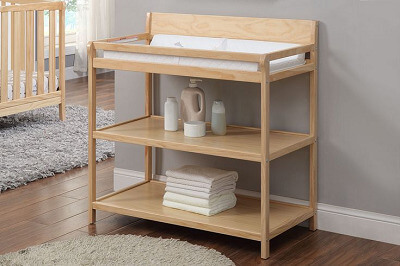
These conventional tables are made especially for changing diapers. Usually constructed of steel, plastic, or wood, they are with guardrails that are meant to stay in place. The constructions are incredibly sturdy.
With a level platform for changing babies and storage underneath, these are the typical freestanding units. Some baby changing tables also have a folding function, which can be easily folded and placed in a corner when not in use. They are great for parents who want a convenient solution.
Pros: These tables are easy to set up and often inexpensive. The open shelving allows for instant visibility of supplies, which is useful during busy diaper changes. They easily fit into smaller rooms or corners and can be moved around as needed.
Cons: Depending on the design, freestanding tables may have less storage capacity than a combo unit. Furthermore, open shelving can appear cluttered if not well managed.
2. Combination Units
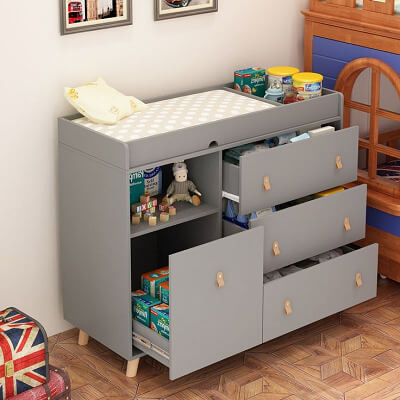
If you feel that your nursery is already full of stuff and you don’t want to overload it with furniture, then consider a combination unit.
These tables frequently combine a diaper-changing surface with a dresser or storage cabinet, making them an adaptable addition to any nursery. Combination units are great for those who need more space for baby clothes, blankets, and other items.
Pros: Even when your infant outgrows diapers, combination units can be used as a conventional dresser or storage cabinet. They help keep supplies hidden behind closed doors or drawers, resulting in a more organized appearance.
Cons: These units are generally heavier and more expensive. You’ll also need enough space to accommodate the greater footprint.
No matter which style you choose, look for sturdy construction, safety rails, and a comfortable height to minimize back strain. Choosing the correct changing table will pave the way for a more efficient and pleasurable diaper-changing routine.
Conclusion
A well-organized baby changing table can make a significant difference for new parents. Taking the effort to locate the perfect place, stocking up on important things, and developing a systematic method to store and organize your supplies will make those late-night diaper emergencies much more manageable.
Recommended Related Articles:

